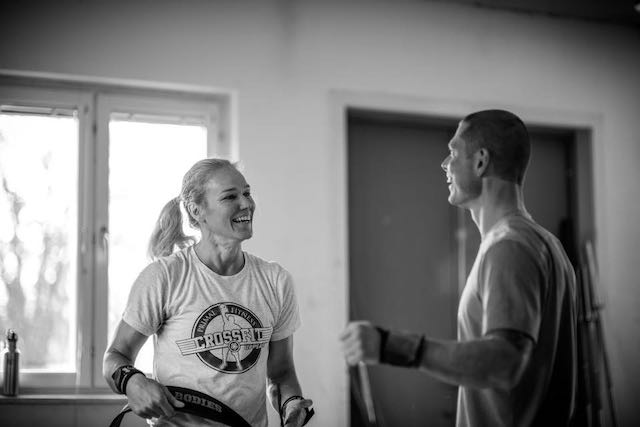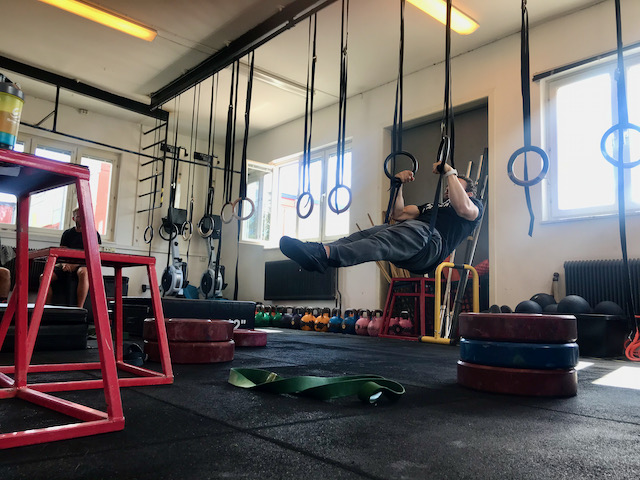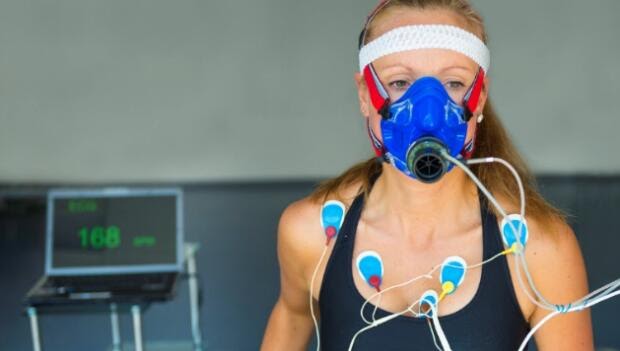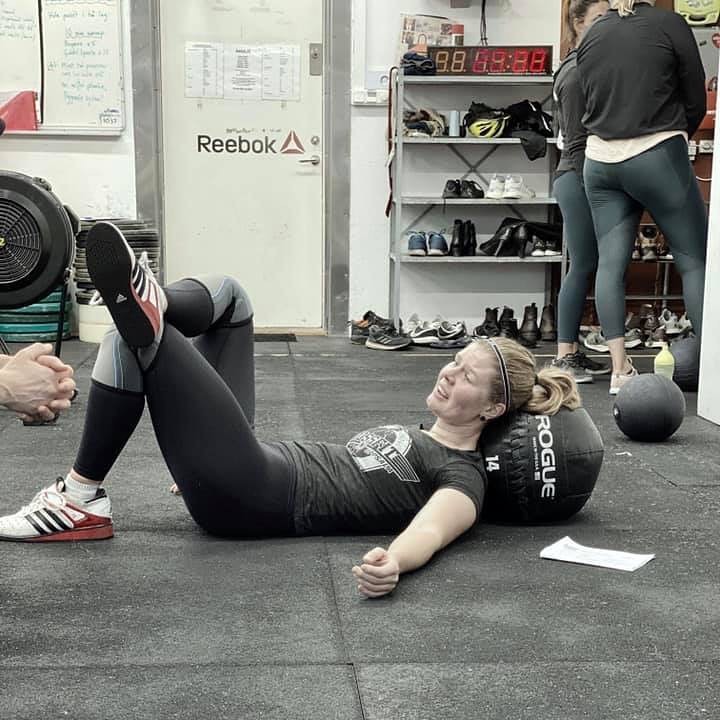In the realm of sports science what can be thought of as classical periodization was originally discussed by Russian scientist Leo Matveyev and further expanded upon by Stone and Bompa. Periodization is a logical method of organizing training into sequential phases and cyclical time periods in order to increase the potential for achieving specific performance goals. All while minimizing the potential for overtraining.
Phase Potentiation is the strategic sequencing of programming phases to increase the potential of subsequent phases and to increase long term adaptive potential. Theoretically, using this concept, peak performance occurs in a controlled way as the phases are stacked on top of each other.
When examining the success of classical periodization concepts they fail to convince of their superiority over more concurrent approaches to the planning of training.
Not only are these long detailed and rigid plans vulnerable to unplanned periods of non-training – what do we do when the athlete gets ill? – but also that we just miss our mark, either on the resources available for training, or the speed of progress we ended up with. As we are working under either of the two false assumptions that averaged group-based trends accurately reflect likely individual responses, or that the individual response can be extrapolated to work for a group – our plan will only provide a false sense of security.
These methods with long cycles of mostly general work are also quite time consuming. For most sports disciplines, the packed competition schedule makes it difficult for coaches to adopt them, as there is simply not enough time during the season to improve poor form.
However, the most important drawback is their very low rates of effectiveness. When scientists have looked at the amount of athletes who are achieving the season’s best result at the seasons most important events, like World championships and Olympic games, the results are disheartening. Seldom if ever more than 1/4th of the athletes manage to deliver their top results for that season.
The theoretical and speculative “delayed training effect” concept assumes that training basic capacities at earlier phases of the training plan has positive effects on actual performance long after they are taken out of the training programs, replaced by more sport specific exercises. They also produce unwanted adaptations, such as significant decreases in power and speed abilities. Coaches might ask themselves whether basic training is a real basis for competitive performance, or whether it is a loss of precious time to athletes.
To be fair, basic training is not only done for peak performance but also for the sake of injury prevention. There is also plenty of evidence suggesting that what is likely responsible for a large proportion of non-contact, soft-tissue injuries is not training load as such, but rather excessive and rapid increases of them.
It is likely that the positive adaptations in muscles and tendons provided by longer periods of basic training may also be obtained by typical strength and power exercises. Exercises which can be implemented with little to no negative effects during the course of the season.
The stakes of unsuccessful performance at key competitions are high, with evidence suggesting that more severe psychological consequences are a distinct possibility. Failure to meet performance expectations include anxiety, interpersonal hypersensitivity and coach-athlete relationships falling apart.
“Speed is the most precious thing in swimming. It is what it is all about. I do not understand why you would spend weeks and months not training speed, then hoping it will come back when you taper and race. I believe you must always be within one second of your personal best time at all times of the year. That you must train for speed all year round. That your sprinters must sprint often and race regularly throughout the year.”
Gennadi Touretski
In the 90s the “Speed through Endurance” philosophy that reigned supreme in Australian swimming was challenged by the Russian coach Gennadi Touretski. This “more is more” philosophy was to work hard to first develop an aerobic base for 10 to 16 weeks (or even longer!), then to significantly reduce training volume close to the competition. The idea was that the more you swim, the more efficient you become and the more efficient you are the faster you can swim.
Touretski, the coach of one of the sports all time greats, Alexander Popov, was recruited to rejuvenate Australian swimming after a poor Olympic result and he did so by removing the (imaginary) certainty of linear adaptations provided by a base training phase.
He warned to assume speed will return once it is lost, and was wise doing so. The “delayed training effect” is not completely supported either by science or practice and its use as a tool to improve actual results are very unpredictable. There is simply not much basis to sustain the idea that the body is ordered into basic and specific capacities and that the overloading of a given basic capacity will suddenly “supercompensate” later in the training cycle.
When you have a capacity, you can certainly lose it (and haven’t we all experienced that). But that risk is way lower than the hope for you to gain a completely new capacity at a later point in time. For that reason he included speed training at all times of the training program, throughout all of the year.
“I think coaches do too many drills. Drills do not improve technique. They teach the basic movements of the stroke. To improve technique you must work with the individual swimmer, over a range of speeds, from slow to race speed and give them constant feedback about their technique, talk to them about how it feels and help them to develop their own technique. Every swimmer is different – every technique is different.”
Gennadi Touretski
Instead of general drills he believed that technique is a personal thing, and that training prescription should not be about doing a lot of general drills. Rather it should be about optimizing the technical efficiency of the stroke of the individual swimmer. Start with what you see, and practice what you see is needed for that particular athlete.
He would walk with his swimmers continuously throughout the session, ask them to swim initially at a slow speed, then have them progressively increase speed until he would notice a technique inefficiency. He would then describe rather than explain what happened and then figure out a cue to address the inefficiency he had seen.
There is plenty of evidence to support that increasing the physical load of training in the form of exercise intensity, volume or duration can be successful in order to enhance training adaptations.
When looking for the optimal adaptation found at the upper limit of tolerance, we expose ourselves to very small safety-margins of error. The presence of deep uncertainties linked to working with human beings challenges decision making by questioning the robustness of all purportedly optimal solutions. Knowledge about historical adaptation yields little to no information about how our “optimal” solution performs if the future surprises us, and they do not guide us to solutions that might work well if the predicted future does not come to pass.
Physical load can only be increased so much, and often this “progressively do more, do harder”-philosophy eventually pushes athletes into injury. And regardless of the progress made before this, injuries put and end to all progress.

Traditional methods for decision making require agreement about the current and future conditions and only then to analyze our decision options.
In a paper published by the World Bank on developing new processes for decision making under deep uncertainty, the research group suggested that alternative methodologies can help in managing uncertainty. These methods start the other way around by stress-testing options under a wide range of plausible conditions. All without requiring us to agree on which conditions are more or less likely, and against a set of objectives.
In the context of sports performance the traditional methodology would be to construct a training plan by starting out estimating the future capacity, form and other factors. For example to predict how much a specific squat cycle would increase squat numbers, and how much that in turn would affect sport performance in specific numbers. Only after these predictions are made we would evaluate the possible upside and downside under these assumptions.
This is problematic on two levels. First, many important assumptions are buried in models, rather than in front of decision makers and therefore vulnerable to bias. Second, many factors are difficult, if not impossible, to predict and risk to cause a gridlock in the decision process.
As an alternative, we could identify the plan that is robust, working well across all the scenarios by “stress-testing” our options under a wide range of plausible conditions. All without requiring us to decide or agree upon which conditions are more or less likely.
This means to imagine different outcomes from many possible methods. Squat numbers increasing by 15kg, 10kg, 5kg, staying the same or even regressing. Which methods end up with the highest satisfaction and lowest regret under all possible outcomes, including high or low transfer to sport performance?
When faced with the possibility of multiple outcomes we will end up choosing “no-regret” or “low-regret” decisions. Decisions on reduced time horizons that have high utility no matter what the future brings. They will be more reversible and flexible, and have larger safety-margins.
In order to learn a skill, like the strict muscle-up as shown in the video above for example, do we really have to increase the physical training load? Or could we limit explanation and predictions in order to concentrate on when our athletes struggle now in the skill.
Continuously challenging the individual participant by progressively increasing task difficulty during long-term motor practice enhances motor learning and optimizes performance. Such progressive long-term adaptation to individual skill level not only enhances learning, but does so without necessarily increasing either the volume or the intensity of training.
Simplicity is key both for scalability and to see what is actually driving the trend without the distraction of too many variables. Managing a program of only slight changes and frequent evaluations allows for it to be data driven (as trend analysis is time-sensitive and time-powered).
All of this seems to suggest to use different, not more and often but little-approaches rather than to speculate on theoretical basic capacities, then build a base and to expect linear adaptations.
The old “more is more” approach is still very much ingrained in our way of thinking and planning. That is quite obvious when one looks at and listen to coaches who would subscribe to these theories of learning, but often still feel obliged to offer a progression of physical overload throughout their athletes cycles. Change is quite hard.
Is this the perfect progression to learn or strengthen a skill? Certainly not!
If anything should be clear by now it is that there will always be cases that are different from all other cases. Every method has its place.
I can also picture you thinking that, well, “those examples you have given are too easy. Sure, in strength sports you can get away with performing the specific skill, not something more basic or different, but simply overloaded at the level that the athlete is, but what about other sports not practiced with a barbell or a set of rings?”. Well, stay tuned for more examples of practical implementations of these principles in part 3.
I’ll leave you with the words of the great Touretski, who may have passed on last year, but whose actions and words hopefully will live on for long.
Dare to be different. Doing the same thing as everyone else is a doomed strategy and a flawed philosophy.
- “The impact of strength level on adaptations to combined weightlifting, plyometric and ballistic training”, https://www.researchgate.net/publication/322089925_The_impact_of_strength_level_on_adaptations_to_combined_weightlifting_plyometric_and_ballistic_training
- “Recollections Of A Swimming Genius During His Days Down Under”, https://www.swimmingworldmagazine.com/news/gennadi-touretski-recollections-of-a-swimming-genius-during-his-days-down-under/
- “Agreeing on Robust Decisions : New Processes for Decision Making under Deep Uncertainty”, https://openknowledge.worldbank.org/handle/10986/18772
- “Long-term motor skill training with individually adjusted progressive difficulty enhances learning and promotes corticospinal plasticity”, https://www.nature.com/articles/s41598-020-72139-8
- “Does noise provide a basis for the unification of motor learning theories?”, https://www.researchgate.net/publication/27466409_Does_noise_provide_a_basis_for_the_unification_of_motor_learning_theories



